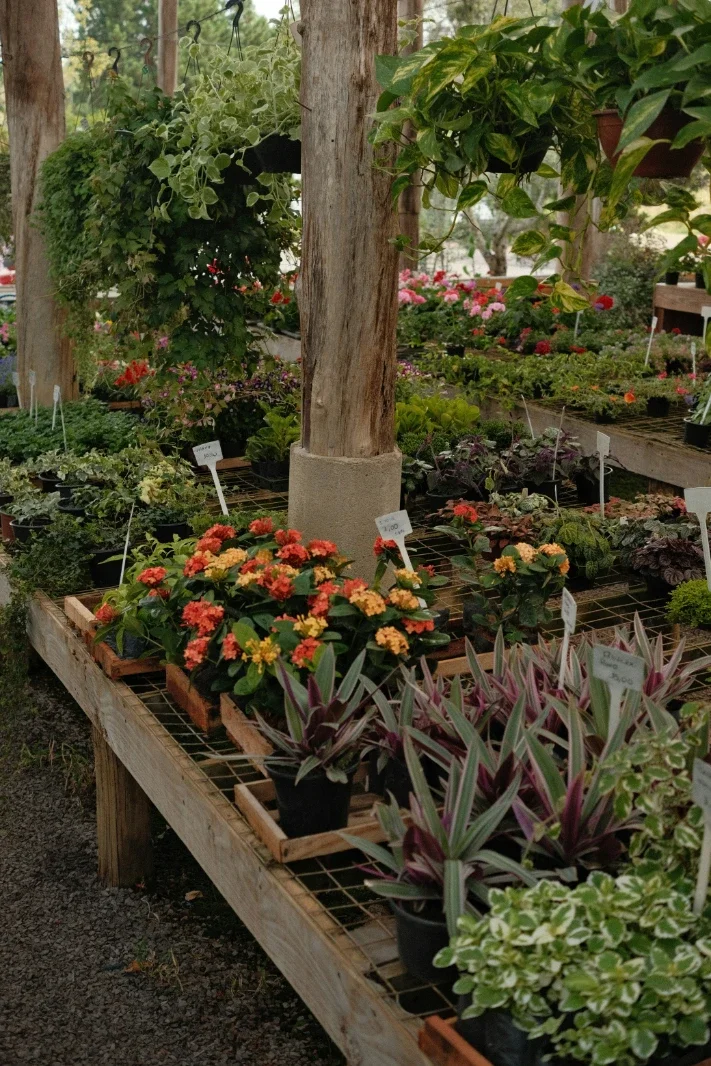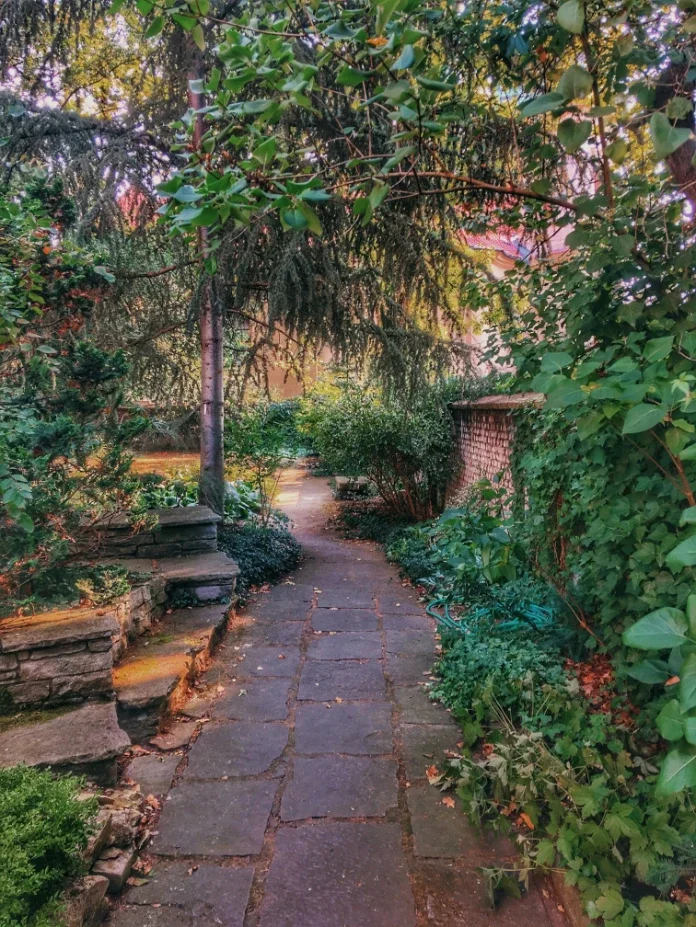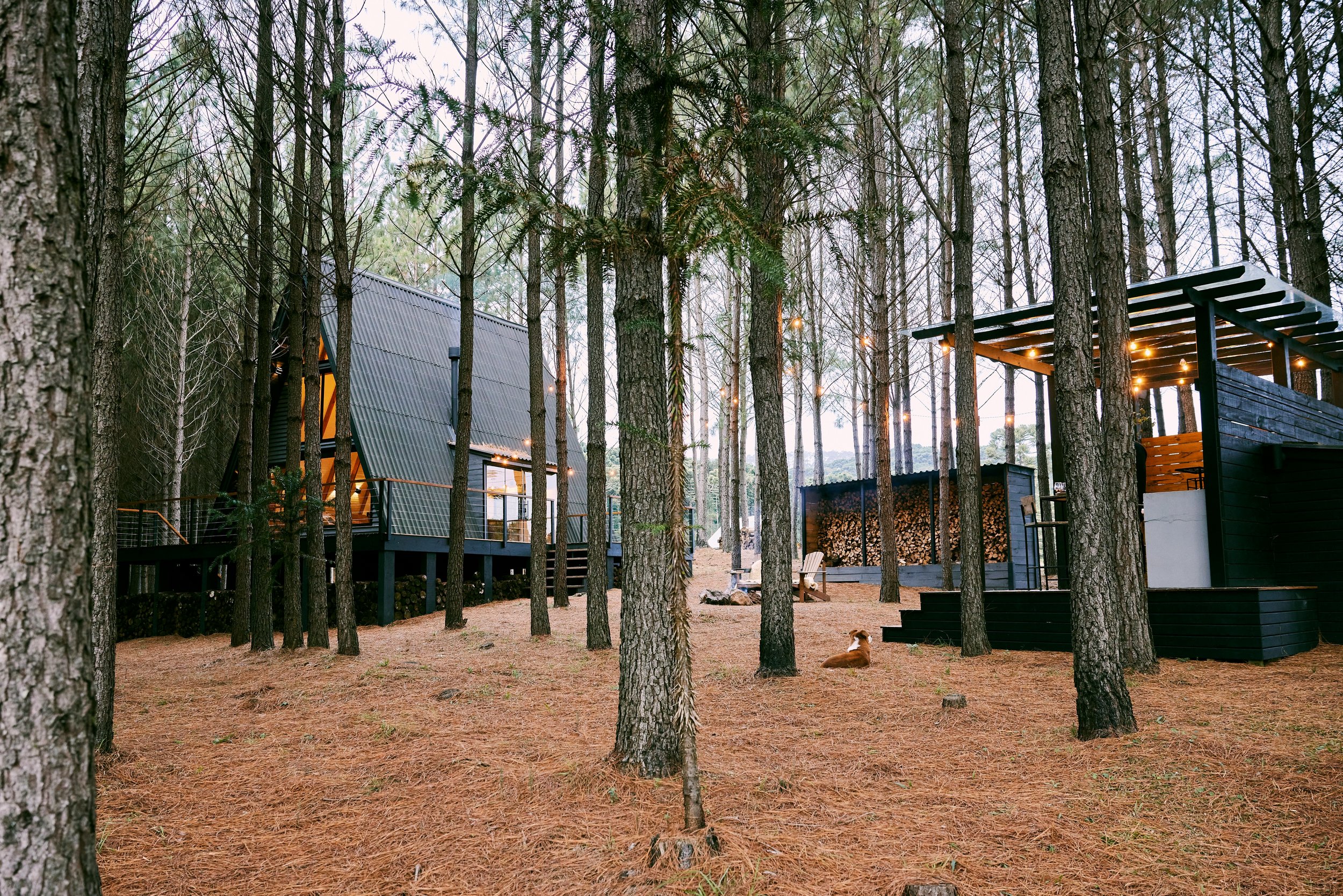The Messy Magic of Home: Why Imperfection Makes Gardens Feel Alive?
Explore why imperfect, untamed gardens feel more alive and beautiful. Learn how embracing natural chaos brings soul and authenticity to your outdoor space.
Reimagining space is not always about being pretty. It is also about being personal. However, in most cases, people chase perfection in their homes. It is like they want to curate every corner and want to trim every plant in the right manner.
What they do not realize is that homes are not showrooms. Rather, they are lived-in, layered, and sometimes a little chaotic. The best part is that that is completely okay! In fact, this is how you personalize your home.
Why the Messy-Look Is Actually Good for Your Home?
When you walk into a space that feels too perfect, it is like stepping into a catalog. Although you admire it, you do not want to sit down and stay awhile.
Meanwhile, the best homes (the ones that feel warm and grounded) have their own quirks. The following are some examples you might instantly picture:
Mismatched chairs.
Plants that are growing sideways.
A rug that has been there since college.
Essentially, these things tell stories and make the space personally yours.
In fact, the same goes for gardens. For instance, you have the chance to plan every inch, but nature is gonna do its thing. Sometimes a vine will climb where it wants or a flower will bloom early. That is unpredictability, which is where the magic happens.
Hence, it is not about control but about collaboration. Basically, it is you and the earth, figuring it out together.
Major Reasons Why Imperfection Makes Gardens Feel Alive
The following are some of the major reasons an imperfect garden is better:
1. Texture Over Trends! Feelings Matter More Than Looking
Design trends come and go from time to time. One year, it is sage green everything. Next, it is all about Japandi minimalism.
However, when it comes to textures, they tend to stick around for a long time. In fact, they are what your hands remember. The following are some examples:
The coolness of stone underfoot
Rough edges of reclaimed wood
The softness of a worn-in cushion
Actually, these are the things that make a space feel lived-in.
In gardens, texture is even more visceral. Think about it like the crunch of gravel, the fuzz of lamb's ear, the slickness of wet leaves. Also, these sensations ground you. Moreover, they pull you out of your head and into the moment. That is what good design does. Apart from being nice, it feels right for you.
This is where tech steps in. Nowadays, AI imagery is starting to shape how we visualize these spaces before they exist. In fact, it lets you simulate how light hits a wall at 4 p.m. in spring, or how a garden path might look after rain.
However, even with all that precision, the best designs still leave room for surprise. This is because no algorithm will be able to predict how a space will feel after you fill it with life.
2. Numbers Do Not Tell the Whole Story
Most homeowners say they feel more relaxed in spaces that include natural elements like wood, stone, and plants. This shows that people crave a connection to nature.
However, it is not possible to quantify comfort. Of course, you will be able to measure square footage, light levels, and humidity. Also, you might track how many people prefer open shelving over closed cabinets.
But nothing will beat the feeling you get when you walk into a room that just works. No amount of spreadsheet will help you there.
3. Embracing the Unfinished
There is always this pressure to finish things. It is important to note that homes are not static. Rather, they evolve with you. Also, they respond to seasons, moods, and needs. That is why the best design philosophy is one that leaves room for change.
Meanwhile, a garden that is “done” is a garden that is dying. In fact, it wants movement, growth, and even a little mess. This is the same for interiors. Probably that empty corner is waiting for a thrifted lamp. Also, that bare wall is meant for a photo you have not taken yet.
Design is not about arriving. Rather, it is about exploring, trying things, making mistakes, and fixing them (or not). Sometimes the mistake becomes the best part.
4. The Quiet Power of Intention
Not everything needs to be shouted. Some of the most powerful design choices are the quiet ones. The following are some situations you might visualize:
Placing a bench where the morning sun hits.
Installing a mirror that reflects a garden view.
A shelf that holds books you actually read.
These choices do not scream “Look at me!” Rather, they whisper something deeper, that is, this space was made with care, thought, and intention.
Let It Be Imperfect!
Stop chasing perfect and start chasing real. In fact, let your home be a little wild and let your garden surprise you. This way, your design will evolve. To be honest, the best spaces are not the ones that impress, but they are the ones that embrace.
In fact, that is the kind of magic we all need more of. Hence, do not hesitate to try new things and keep things simple.







